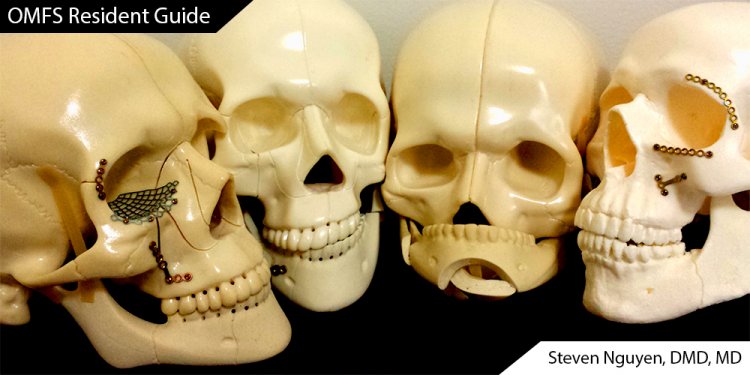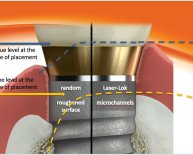
Surgical placement of implant body Endosteal implant
When a tooth and its root cannot be saved due to trauma or decay, a dental implant can be utilized to act as a stabilizer for a variety of cosmetic restorations. Typically, dental implants are made of titanium due to its durability and acceptance by the body despite its foreign nature.
There are three types of implants. The first, and most common, is an endosteal implant, which takes its name from the thin layer of connective tissue lining the bone's medullary, or “marrow” cavity. The second, is a sub-periosteal, (or eposteal) implant. Its name comes from the thin membrane that covers the surface of the bone, called the periosteum. The ability to install an endosteal implant relies heavily on the health of the individual and the amount of healthy bone remaining in the jaw, and when both you and the bone in your jaw are healthy, an endosteal implant is preferred. When this is not the case, a sub-periosteal implant is often the only option. Lastly, a transosteal implant is either a U-shaped metal frame or pin that is placed along the bottom of the jawbone and extends upward through the bone and the upper gumline. It requires entry to the jawbone through the skin along the bottom of one's face, and is very infrequently used in today's dentistry.
This dental code covers the surgery and placement of an endosteal implant, any secondary surgery required, and the placement of the healing cap. A healing cap can be thought of as an enhanced screw head. Whereas the typical screw you may be familiar with is flat and has a thin round edge to it, a healing cap is more smooth and contoured to allow your gums to heal over it for several months prior to the placement of an abutment if needed, and subsequent crown, bridge or denture. The implant itself is, again, typically made of titanium, conical in shape, and possessing some functionality that allows it to “screw” into place within the jawbone.
It is worth noting that an endosteal implant can be completed as either a single or two-stage process, depending on a variety of health-related and aesthetic concerns. When performed as a two-stage process, the implant is placed into the jawbone, covered with a healing cap, and then allowed to fuse to the bone in a process referred to as osseointegration. This process is not only critical because it creates a lasting implant, but also because the presence of an implant triggers the growth of new bone within the jaw as a natural tooth root would. Without the presence of a tooth root or implant, bone is resorbed back into the body resulting in bone loss, further weakening nearby seated teeth.
In a two-stage process, approximately three to six months later, your dentist will conduct a second surgery to cut through the gum that has healed over the healing cap and examine the osseointegration and stability of the implant. If both are successful, you will most likely be fitted with an abutment, and then an impression taken for your prosthetic. A single-stage process would skip this second surgery and go directly to the placement of the abutment and impression molding.

















